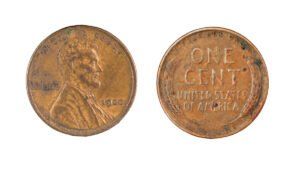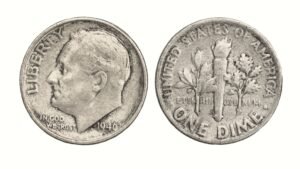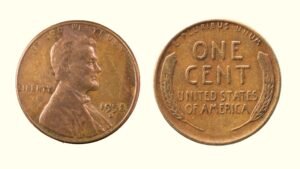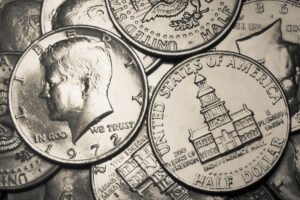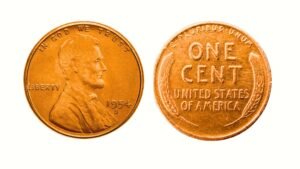Have you found a 1920 Lincoln Penny in your pocket change? Then you might wonder if it’s special or worth anything today. As one of the iconic Wheat Pennies, the 1920 Wheat Cent carries a rich history and rare features, making it popular among collectors who can pay hefty amounts for these small cents!
In this article, you’ll learn expert ways to spot a real 1920 penny and different features that increase the value of the 1920 copper penny, including its mint marks, colors, notable minting errors, and more!
An Overview of 1920 Lincoln Wheat Penny History
The 1920 Lincoln Penny is a significant part of the Wheat Reverse Penny series designed by Victor David Brenner. It was first introduced in 1909 to commemorate the 100th anniversary of Abraham Lincoln’s birth.
By 1920, the Lincoln Penny had become quite popular among Americans. The coin’s high mintage at three facilities reflects its significance and demand. Although each location produced millions of coins, variations in production can create significant differences in their rarities and values today.
| 1920 Lincoln Penny | Key Features & Facts |
| Coin Composition | 95% Copper, 5% Tin and Zinc |
| Minting Location | Philadelphia, Denver, San Francisco |
| Minting Year | 1920 |
| Face Value | 1-cent (0.01$) |
| Weight | 3.11 grams |
| Diameter | 19.05 mm |
| Thickness | 1.52 mm |
| Designer | Victor David Brenner, Gilroy Roberts |
| Mint Marks | D – Denver Mint, S – San Francisco No mint mark – Philadelphia Mint |
| Total Mintage | 405,665,000 |
Identifying 1920 Lincoln Penny Design & Composition
To spot a real 1920 Lincoln Wheat Cent, you must identify its design elements on both heads and tails, as well as its composition and physical characteristics.
1920 Lincoln Penny Obverse:
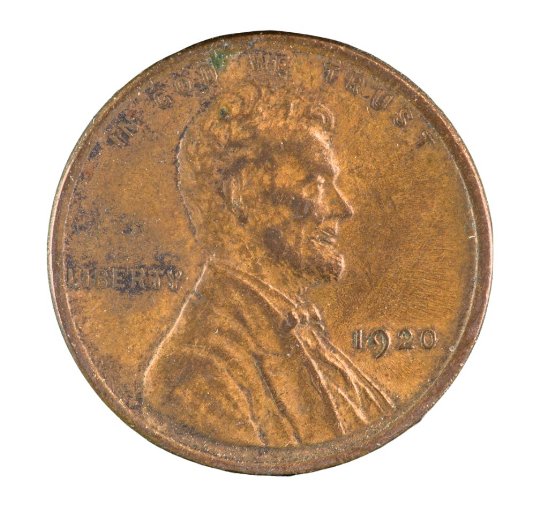
- Portrait of Abraham Lincoln facing right
- “IN GOD WE TRUST” inscription above Lincoln’s head
- The word “LIBERTY” to the left of Lincoln
- The mint date “1920” to the right of Lincoln
- The mint mark, if present, below the mint year
- Designer’s initials “VDB” on Lincoln’s shoulder (may be difficult to see)
1920 Lincoln Penny Reverse:
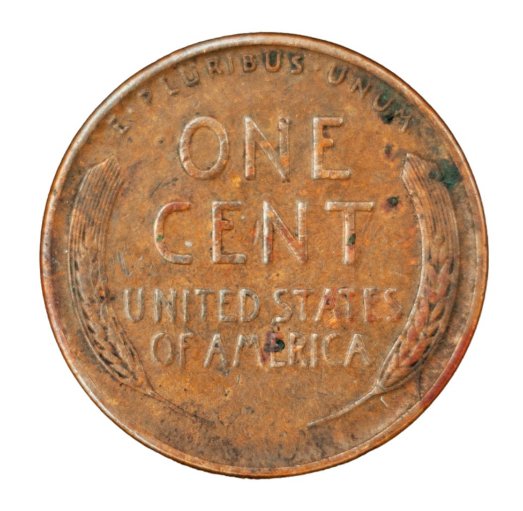
- Two wheat stalks framing the edges (hence the nickname “Wheat Penny”)
- “UNITED STATES OF AMERICA” along the top edge
- The face value “ONE CENT” in large letters in the center
- “E PLURIBUS UNUM” above “ONE CENT”
1920 Wheat Cent Composition & Dimensions:
The 1920 Lincoln Penny is composed of 95% copper and 5% tin and zinc. This bronze alloy composition gives the cent its unique reddish-brown finish when new, though most circulated 1920 pennies have turned brown over time.
Besides, the penny weighs 3.11 grams and has a diameter of 19.05 mm (0.75 inches). Its thickness is 1.55 mm (0.0610 inches) and it features a plain edge. The weight and dimensions are the same for all cents struck at different locations.
4 Factors to Find a 1920 Lincoln Wheat Penny Value
Generally, a circulated 1920 Lincoln Penny coin’s value ranges between $0.50 and $5, but uncirculated cents or those with rare characteristics and anomalies can range from $10 to several thousand dollars.
Let’s understand the 5 most crucial factors that play a significant role in determining a 1920 penny’s real worth.
1. Coin Grading and Condition
The condition of a 1920 Lincoln Penny is the most important factor significantly impacting its value. Generally, a coin’s condition is assessed by Professional grading services using a scale from PO1 to MS70, with MS70 being a flawless, new-like coin.
1920 Lincoln Pennies graded MS65 can easily fetch $100 to $300, while higher-grade examples can range from $500 to $10,000.
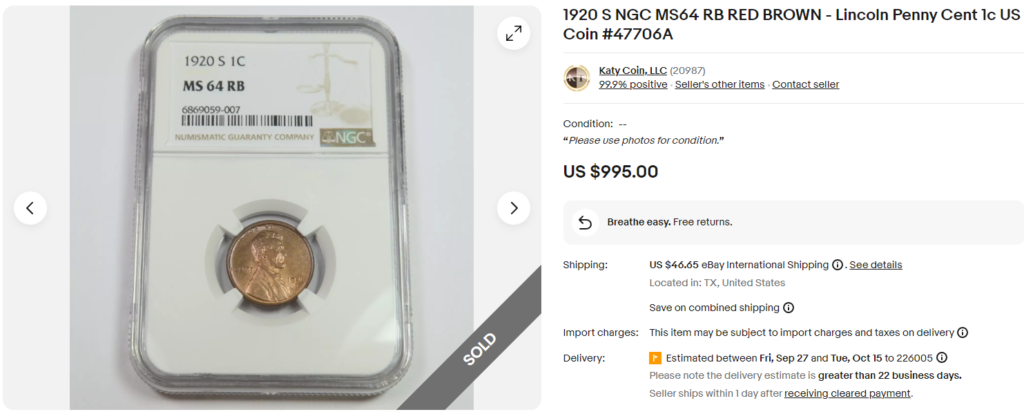
2. Coin Toning or Discoloration
While all 1920 Lincoln Pennies feature a reddish-brown luster when new, they might turn brown over the years due to oxidation and discoloration. This toning directly affects their value.
Depending on the toning intensity, the 1920 Lincoln Pennies are categorized into three color designations:
- Red (RD): These 1920 cents have 95% or more of their original red copper color and are the most valuable. Uncirculated red pennies can range $50 to $5,000+ depending on the mint and grade.
- Red-Brown (RB): The 1920 pennies with 5% to 95% of their original color are graded RB. Being more common, these are less valuable than full red coins but more than brown ones.
- Brown (BN): The BN-graded pennies only have less than 5% of their original copper tint. These are typically worth the least unless in exceptionally high grades or with a rare mint error.
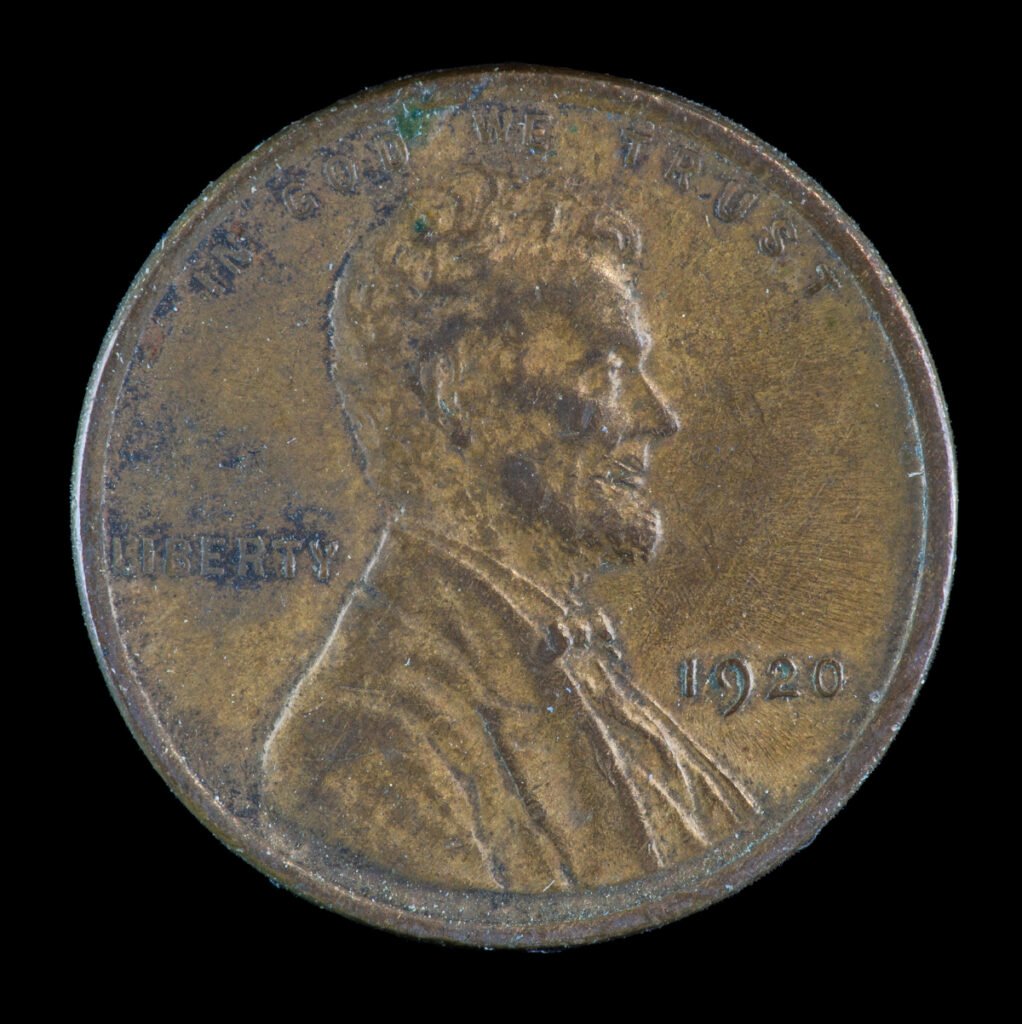
3. Mint Marks & Mintage
The mint mark on your 1920 Lincoln Penny is another crucial factor in assessing its worth. While the total mintage of 405,665,000 for 1920 Lincoln Wheat Pennies make it a common coin, cents from specific mint locations can be worth more than others.
- 1920 No Mint Mark Penny (310,165,000): The Philadelphia Mint produced the most 1920 pennies. These cents bear no mint mark. In uncirculated condition, 1920 no mint mark pennies can be worth $20 to $50, with high-grade examples reaching $200 or more!
- 1920 D Wheat Penny (49,280,000): The Denver-minted 1920 wheat cents have a small “D” mint mark on the obverse. These coins are less common and more valuable than no mint mark cents, with uncirculated coins worth $30 to $75 and top grades fetching $500 or more.
- 1920 S Lincoln Penny (46,220,00): The San Francisco Mint produced the least Lincoln cents in 1920, making them the most valuable. In common grades like MS65, a 1920 S penny is worth $5,000 to $20,000, with higher examples worth even more. A rare MS65 1920 -S 1C coin sold for an auction record price of $48,875 on Heritage Auctions.
This 1920 Lincoln Penny value chart based on coin grades and mint marks will help you easily assess your coin’s worth.
| Coin Grades | Condition Details | 1920 No Mint Mark Penny Value | 1920 D Lincoln Penny Value | 1920 S Lincoln Penny Value |
| Poor (0) to Extremely Fine (XF45) | Significant wear, faded but visible details | 50 cents to $5 | $1 – $15 | $1 – $30 |
| Almost Uncirculated (AU50) to Mint State (MS60) | Slight wear on highest points, visible marks or blemishes | $5 – $20 | $20 – $120 | $50 – $300 |
| Mint State (MS61 – MS64) | Uncirculated with minimal wear | $35 – $175 | $150 – $700 | $400 – $3,700 |
| Mint State (MS65 – MS66+) | Nearly flawless with very minor imperfections | $120 – $900 | $800 – $20,000+ | $5,000 – $20,000+ |
| Mint State (MS67 – MS67+) | Well-preserved with no major flaws | $4,000 – $12,000 | N/A | N/A |
| Mint State (MS68 or Above) | Nearly perfect, luster, no major marks or flaws | N/A | N/A | N/A |
4. Rare 1920 Lincoln Penny Errors List & Varieties
Errors that occur to a single coin or a set of coins during the minting process can greatly boost its value. Here are some notable mint errors to look for in 1920 Lincoln Wheat Pennies:
Double Die Error
This error happens when the striking die is misaligned during the engraving process, resulting in a doubled image on the obverse. Look for doubling on lettering in “Liberty,” “1920,” or Lincoln’s features. Minor DDOs might add $50-$100 to the coin’s value, while major ones could make it worth $500-$1,000 or more.
Off-center Strike
An off-center strike happens when the 1920 Penny blank is not properly aligned in the die during striking. This results in part of the design being cut off or missing. A 1920 penny struck 5% off-center graded MS-64 red and brown sold for approximately $1,840. A 10% off-center example graded MS-63 brown has been valued at around $1,175.

Wrong Planchet Error
This rare error happens when a 1920 Lincoln Cent is struck on a different planchet. Several rare coins with this error have been discovered. For example, an XF40-graded 1920 1C coin struck on a 10C planchet sold for $3,840 on Heritage Auctions.
Other examples include a VF25 1920 Cent struck on a Columbia 2 Centavos or Argentina 10 Centavos planchet worth $460 and an experimental planchet coin with an 82% copper, 16% zinc, and 2% tin composition and a unique olive-gold color that fetched $5,280!
Rotated Reverse
This mint error results from the coin rotating inside the collar before the reverse is struck, causing the reverse design to misalign with the obverse. A 1920 penny with a rotated reverse graded AU58 BN sold for almost $60 on eBay, with current estimates around $85, depending on the coin’s condition and degree of rotation.
Spot a Fake 1920 Lincoln Wheat Cent with 4 Steps
Identifying a counterfeit 1920 Lincoln Wheat Penny is super easy if you know what features to pay attention to. Follow these simple steps to confirm whether your copper penny is genuine or fake:
- Check the Weight: A genuine 1920 Lincoln penny should weigh 3.11 grams. Use a precise scale to check the weight. If it’s significantly lighter or heavier, it’s like a fake.
- Measure the Diameter: The diameter of a real 1920 penny is about 19.05 mm. Measure the coin with calipers. Any noticeable difference in diameter could indicate a fake.
- Examine the Edge: The edge of a genuine penny has a smooth, consistent texture. Fake cents often have a rough or uneven edge.
- Verify the Mint Marks: Check for the mint mark, if present. The 1920 pennies from Philadelphia have no mint mark, while those from Denver and San Francisco have a “D” and “S.” Ensure the mint mark is rightly placed and styled.
Whether you plan to sell your 1920 Lincoln Cent or add one to your coin collection, remember to analyze its design, mint marks, and other features using this price guide. It could be hiding some special features that can multiply its original value. You can also look out for other valuable pennies, such as the 1973 penny, the 1968 penny, and the iconic 1909 VDB penny!
Note: This article is intended for informational, educational, and entertainment purposes only. Some images are illustrative and may not represent actual brands, products, or related entities. All trademarks, product names, brand logos, packaging, and other intellectual property referenced remain the exclusive property of their respective owners. Any brand mentions or references are provided solely for descriptive and educational context and do not imply any formal or commercial association.

